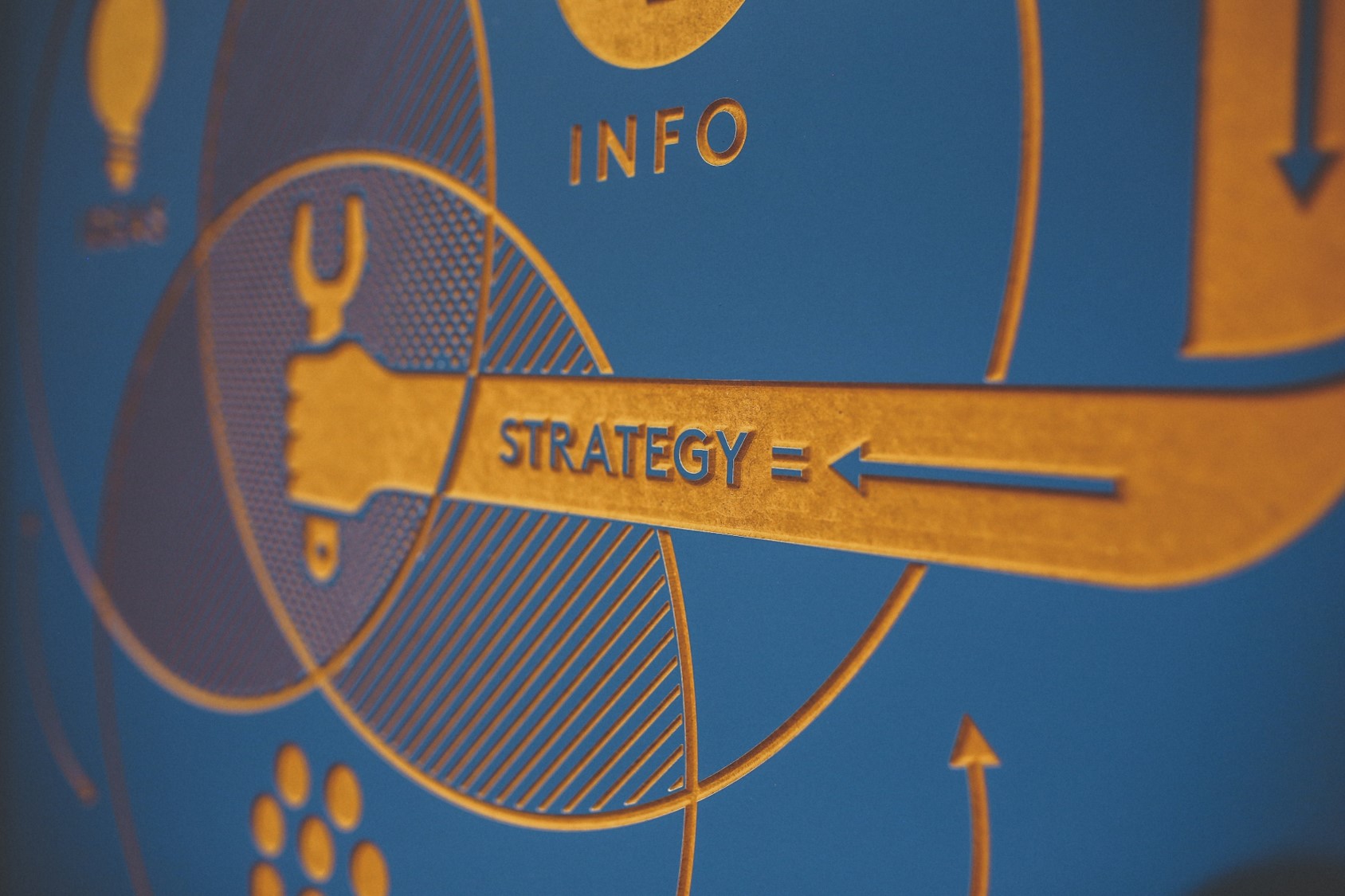Trust is fundamental to successful marketing but AdTech has made that too difficult. By changing perspective, trust in digital marketing can be activated.
Many have described AdTech as a black box sitting atop a runaway train with marketers in the caboose – fearful to stay but more fearful to get off because engineers have left us with a landscape where “quality digital advertising” is virtually an oxymoron.
Now that’s all changing because marketers are moving to regain control of this runaway train. Heavyweights like P&G’s Marc Pritchard put ad tech on notice to “clean up its act.” Next Havas and major advertisers boycott YouTube for lack of accountability. Then came the benchmark findings from JPMorgan Chase that saw comparable results by using 5,000 or 400,000.
Marketer frustration is boiling over because for the last six years, AdTech stripped away foundational human elements like insight, trust and creative instincts great marketing needs to thrive. Fed up marketers are disrupting the disruption myth with these seven “humanization” strategies balance what people do best with what machines are engineered to accomplish.
1) Stop using AdTech – start thinking about the real world human conversion process.
Marketing and especially conversion, is a human process – not the fragmented, tech ecosystem we now call AdTech. To escape the limits of the AdTech sandbox, start adopting a user journey framework which plans the marketing process using specific, AdTech point solutions in the context of a specific business. By elevating the process architecture and demoting AdTech to “digital stuff,” marketers can answer two simple, human questions with every campaign; “Now what” and “So what.”
2) Stop chasing scale – start using “quality scale.”
Chasing scale works completely against great contextual marketing where the content of the ad and the page should be related. In the best of situations, if an advertisers is able to place real contextual advertising, especially for b2b audiences, these buys shouldn’t be “scale” buys with millions of impressions. Indeed, for many advertisers, the number of impressions needed to achieve great results might counted in the thousands – not millions. The “human fix” lies with advertisers’ radical willingness (and courage) to wholesale reject “scale” – impressions, audience size et al – instead opting for small scale, quality outlets. It may be more labor intensive, but this will reverberate quickly allowing budgets starts to flow to quality media platforms.
3) Stop accepting black box promises – start developing trust instincts.
When it comes to evaluating AdTech options, it is virtually impossible to “test” one AI algorithm from another. To regain control, marketers should start look at the human angle. Start asking for client references instead of campaigns results alone. Take a look at the CEO of a venture to know whether their platform is deserving of your trust. Numbers are important, but “trust credentials” carry more weight now.
4) Stop sprint-style digital experimentation – start celebrating continuous learning.
Digital experimentation shouldn’t be thought of as a sporadic, short term activity. Rather, experimentation should be as natural as breathing – nourishing, rhythmic and delivering a sustainable flow of useful information. With experimentation as a permanent element, over time, nuanced learning is achieved that’s richer than the current binary winner/ loser approach often used.
6) Stop being in awe of big data – start being skeptical of all data.
In my experience, marketers approach big data in hushed tones usually reserved for data priests (rarely priestesses) who deliver their Oracle’s (pun intended) algorithmic prognostications to the paying congregation. Don’t buy it – literally. Data isn’t an objective machine spitting out information. Rather, it is an exquisitely creative and human endeavor where data architects actually design (yes – with all the creative nuances implied) data sets; mathematical weights of variables and which data is collected. The humanization strategy is for marketers then is to get past their intimidation to ask tough questions like; “What is the source of this data?” or “Which publisher data are you using.” Rigorous questioning (even if you fake it initially) will put all platforms on notice that ill-gotten data eventually will be outed with correspondingly negative consequences.
7) Stop believing in automated marketing – start recognizing the intense artistry to platforms.
Let’s look at the programmatic space to illustrate this point. Generally, most marketers expect media buying platforms (also called DSPs) to be mostly “hands-off” once the campaign is live. Reality tells a different story because programmatic media buying is very creative and very very hands-on. People who know how limited automation really is, create a digital media symphony of white lists, black lists and KPI optimization. This level of artistry often goes unrecognized much less appreciated. Celebrate the artistry of platform management to get the best value from the technology.
Technology drove how marketing evolved which nearly suffocated the human element so necessary to great marketing. Now though, the humanization of marketing has begun which means marketers are starting to regain the controls. This is how it should have been all along.





